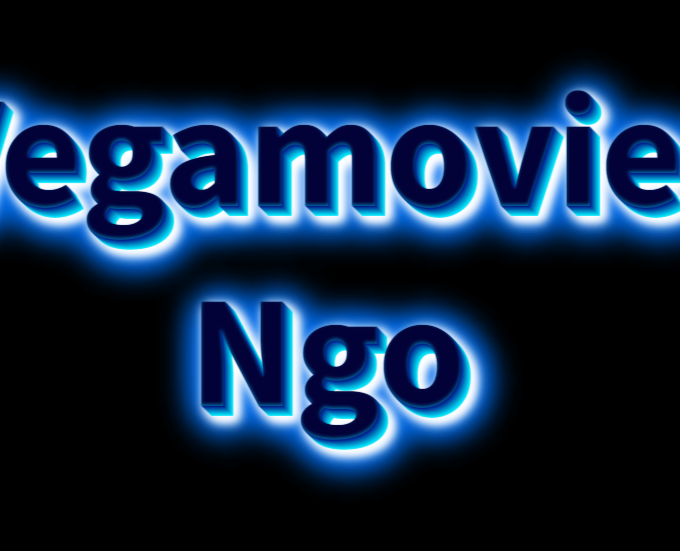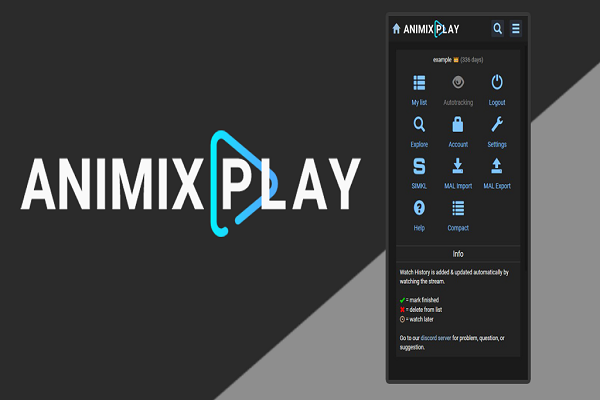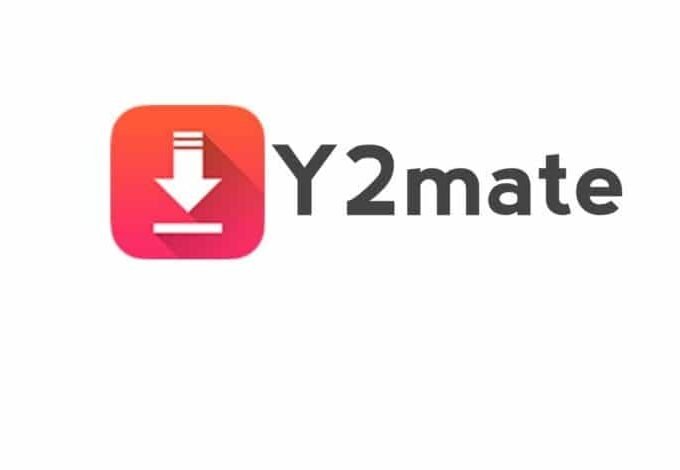Two names stand out clearly in DevOps Training, where managing and orchestrating containerized systems has become crucial. These are Kubernetes and Docker. Because these two technologies are often discussed together, there is a widespread misperception that they are equivalent. However, a deeper examination shows they are complementary technologies operating in perfect harmony rather than rivals.
In this blog, we will explore the subtleties of their interaction, busting the myth of Kubernetes vs Docker and illuminating how these two technologies work together to significantly simplify the deployment and management of containerized applications.
Decoding the Basics of Kubernetes and Docker
Understanding each of Kubernetes and Docker’s unique tasks is important before understanding how they work together. Applications and their dependencies may be packaged and distributed in lightweight containers with the help of Docker, a containerization platform. However, Kubernetes, an open-source container orchestration platform, automates the deployment, scaling, and maintenance of these Aiotechnical.com Health containerized apps.
Knowing how these systems differ becomes essential in DevOps, where efficiency is paramount. It’s not a question of Kubernetes vs Dock; instead, it’s about using Dock containers to their full potential and Kubernetes to expedite the orchestration process.
Docker Containers and Kubernetes Orchestration
Docker Containers
Docker is the standard containerization technology used in DevOps training. Applications and their dependencies are encapsulated by Dock containers, which provide consistency across many environments. Docker’s ability to solve the age-old “it works on my machine” problem, optimizing the development and deployment process, is highly valued by Soap2Day developers.
Practically speaking, Dock makes it easier to package apps into portable containers, facilitating their transportation across various settings. Docker’s interoperability with Kubernetes is based on this portability; in Kubernetes, containers are the deployable units managed by clusters.
Kubernetes Orchestration
Now for Kubernetes, the orchestrator of containers. When Dock containers are prepared for deployment, the orchestration process is managed and automated by Kubernetes. Kubernetes gives you the tools to scale apps, balance traffic, and easily handle Influencers Gone Wild failovers.
It’s critical to comprehend how Dock and Kubernetes work together harmoniously. By automating Dock containers’ deployment, scaling, and administration processes, Kubernetes augments its capabilities rather than replacing them. The whole lifespan of containerized applications—from development to production—is optimized by this cooperative approach.
Kubernetes vs Docker Misconception
Clarifying the Misconception
A common cause of the Kubernetes vs. Dock argument is a misunderstanding of their functions. Kubernetes handles orchestration, whereas Dock supplies the containerization foundation. Simply put, Kubernetes plots the course and steers the ship while Dock constructs the VyVyManga vessels (containers).
Docker containers are easy for organizations to use for development and testing, and Kubernetes helps ensure that the orchestration process runs smoothly and effectively in production settings.
Strategic Alignment in DevOps Training
Astute DevOps practitioners understand that Kubernetes and Docker are essential parts of a strategic alignment, not enemies. Applications are ready for deployment using Dock containers, and Kubernetes orchestrates the deployment process to provide automation, scalability, and resilience.
This nuanced knowledge is essential for individuals receiving DevOps training, highlighting the collaborative nature of these technologies. Instead of deciding between Dock and Kubernetes, enterprises should concentrate on smoothly incorporating both into their processes.
Best Practices for Integration
A few recommended actions stand out to fully use Dock and Kubernetes. First and foremost, to facilitate simpler containerization, applications must be designed using a microservices architecture. Applications that are modular and suited for containers are emphasized heavily in DevOps training courses.
Furthermore, using Infrastructure as Code (IaC) concepts further improves Docker’s and Kubernetes’ compatibility. Automation scripts, such as Terraform, make smoother integration possible, which guarantees that every infrastructure, including Dock containers and Kubernetes clusters, is specified and controlled as code.
Conclusion
Together, Kubernetes and Dock compose a beautiful song of efficiency and scalability, with each instrument adding a distinct note. The industry has acknowledged the complementing roles of Kubernetes and Dock in expediting the deployment and maintenance of containerized applications, dispelling the illusion of their rivalry.
Kubernetes and Docker work well together as DevOps practitioners learn more about the nuances of orchestration and containerization. Accepting this collaboration is not an option; it is a strategic need for companies looking to maintain their efficiency, scalability, and agility in the rapidly changing DevOps environment. So keep this in mind as you embark on your DevOps training journey: it’s not about picking sides but about conducting a technical masterwork, with Dock and Kubernetes serving as your virtuoso players.








Leave a comment